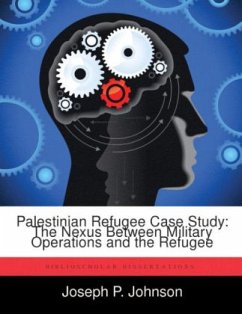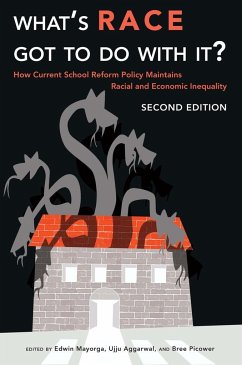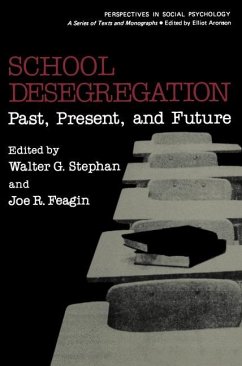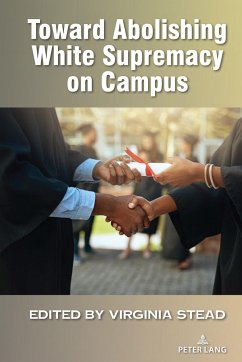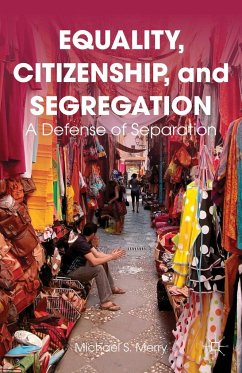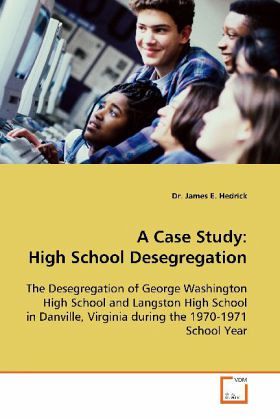
A Case Study: High School Desegregation
The Desegregation of George Washington High School and Langston High School in Danville, Virginia during the 1970-1971 School Year
Versandkostenfrei!
Versandfertig in 6-10 Tagen
39,99 €
inkl. MwSt.

PAYBACK Punkte
20 °P sammeln!
This book provides a historical analysis of the desegregation of George WashingtonHigh School and Langston High School in Danville, Virginia in 1970. The author focuseson the related desegregation litigation on a national, state, and local level as well as thehistorical context for desegregation in the Commonwealth of Virginia. Using newspaper accounts, correspondence from key figures, and interviews with key people from Danville in 1970, the author addresses four areas: (a) What led tothe desegregation of schools in Danville, Virginia? (b) Who were the key players in thedesegregation movement...
This book provides a historical analysis of the
desegregation of George Washington
High School and Langston High School in Danville,
Virginia in 1970. The author focuses
on the related desegregation litigation on a
national, state, and local level as well as the
historical context for desegregation in the
Commonwealth of Virginia. Using newspaper accounts,
correspondence from key figures, and interviews with
key people from Danville in 1970, the author
addresses four areas: (a) What led to
the desegregation of schools in Danville, Virginia?
(b) Who were the key players in the
desegregation movement? (c) How were the community,
the students, and the staff
prepared for desegregation? and (d) What were the
attitudes and the concerns about
desegregation? The data was collected and analyzed
using qualitative methodology. The
constant-comparative method espoused by Maykut and
Morehouse was used to analyze the data and
Bronfenbrenner s concept of the nested environment
was the theoretical model used to organize the data.
desegregation of George Washington
High School and Langston High School in Danville,
Virginia in 1970. The author focuses
on the related desegregation litigation on a
national, state, and local level as well as the
historical context for desegregation in the
Commonwealth of Virginia. Using newspaper accounts,
correspondence from key figures, and interviews with
key people from Danville in 1970, the author
addresses four areas: (a) What led to
the desegregation of schools in Danville, Virginia?
(b) Who were the key players in the
desegregation movement? (c) How were the community,
the students, and the staff
prepared for desegregation? and (d) What were the
attitudes and the concerns about
desegregation? The data was collected and analyzed
using qualitative methodology. The
constant-comparative method espoused by Maykut and
Morehouse was used to analyze the data and
Bronfenbrenner s concept of the nested environment
was the theoretical model used to organize the data.



